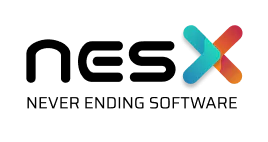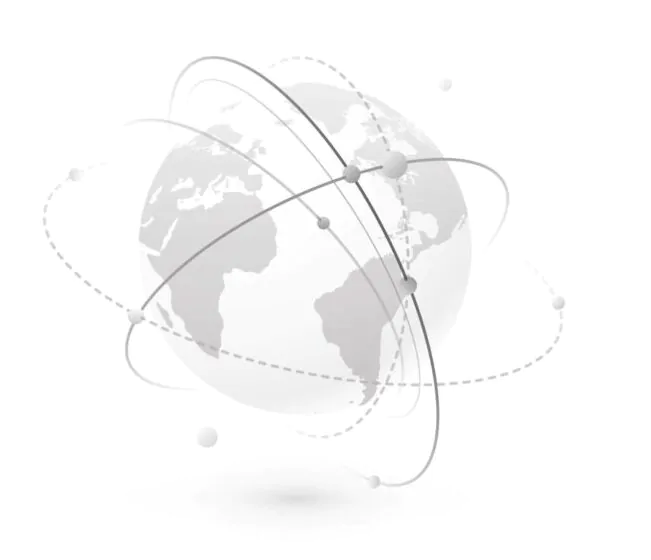Product Design - Product Design
The definition of product design describes the process of imagining, creating, and iterating products that solve user problems or meet the specific needs of a given market.
The key to successful product design is understanding the end customer, the person for whom the product is being created. Product designers try to solve real problems for real people by using empathy and knowledge about the habits, behaviors, frustrations, needs and desires of potential customers.
Ideally, the execution of a product design is so flawless that no one notices; users can intuitively use the product when needed because the product design understood their needs and anticipated their use.
Greater Sales
The use of a modern design attracts customers' attention, increasing the level of sales conversion and achieving planned business goals.
Better Market Position
Offering the best standards helps your product stand out from the competition with its design. Customers usually “buy with their eyes.”
Company Identity
A coherent product design is the basis for building brand awareness among the target audience, and selecting appropriate brand communication is essential.
Customer loyalty
Customers who use your product trust more and build a relationship with your product when they don't see any errors and feel that the product was made for them.
Product design breakdown
Formally, product design can be divided into three basic components:
- Appearance;
- Functionality;
- Quality.
Of course, to create a successful, competitive product, you need to carefully develop all three points: an attractive, modern look; convenient functionality that allows users to cope with pain points (or achieve certain goals); maximum availability, high performance and security.
What does the product design process look like?
The details of the product design process will vary from company to company, but these professionals typically follow a similar philosophy or structure when it comes to design thinking.
Brainstorm
Problem definition. In particular, you should announce the problem (in this case, the need to create the "right" product design) and select participants for both teams, then generate ideas together in a creative approach - what counts here is quantity, not quality. Selection of the most realistic ideas from those proposed. At this stage, appreciation and criticism are welcome. The stage is usually led by the second team.
Defining the Product
After brainstorming, when all viable ideas for the future product have been selected, a certain number of general expectations (requirements) for its implementation should be highlighted. Typically, the result is a rather abstract list whose purpose is not to formulate precise guidelines for development, but rather to define the directions of further activities of the team.
User Research
Research implies several aspects: market research to determine the presence of competitors, determining trends, assessing the potential durability of the product, etc. As a rule, this task is solved by marketers and business analysts. The results of these studies provide the basis for building the so-called client portraits. In turn, these portraits will give your team a better understanding of what the final product should be. A properly composed portrait takes into account parameters such as gender, age, marital status, income level, place of residence (geography), employment, job position, typical problems, needs, fears and desires, and so on.
Sketching
Any large project with a significant budget will only benefit from creating sketches. Before we invest time in searching for solutions, the direction of the search should be agreed with the client. Sketches allow you to slightly narrow down this direction when choosing the main concept, and only then work with composition, layouts, edits, refining the concept, etc.
Prototyping
Creating a prototype is a task no less important and crucial than developing the project itself. Please remember that the effect obtained is not a beautiful final appearance, but rather a "skeleton" of the appearance of the future product. However, it allows you to demonstrate functionality, how the user interacts with the product, and its basic appearance. Creating a prototype allows you to avoid many mistakes and corrections in the future. This will help save time, money and nerves for both the client and the contractors.
product specification
Creating a specification list is actually the process of developing the requirements specification mentioned above. It allows you to familiarize yourself with all the requirements for the finished product and possible solutions in detail. These specifications should also include a final definition of responsibilities, deadlines and costs. These documents will be necessary at the product development stage.
Product testing
Product testing allows you to quickly identify defects or non-compliance with requirements. Before you even start the (usually expensive) implementation procedure. Testing can be repeated as needed until they meet all requirements and receive enough positive customer feedback.


